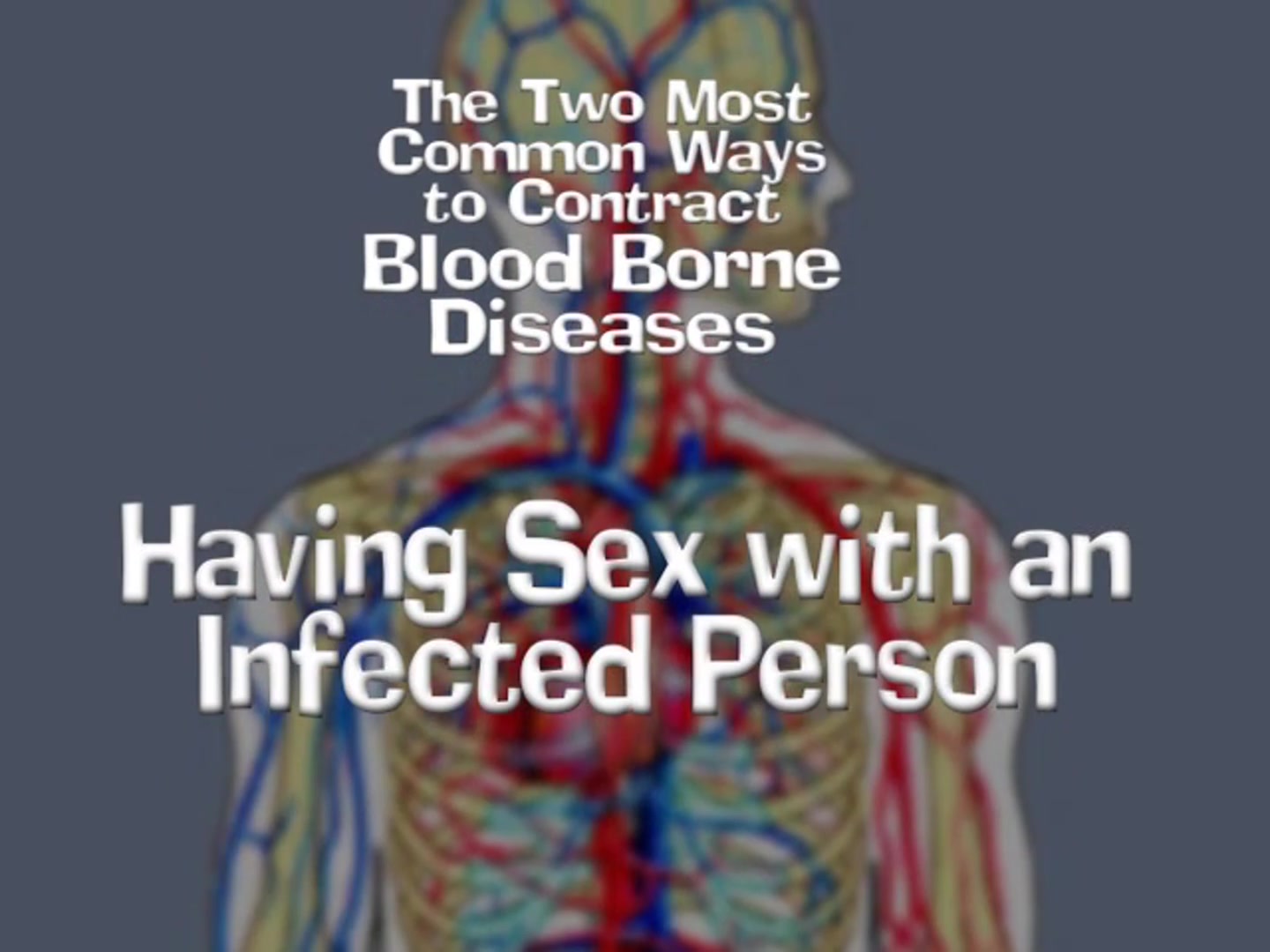Products Showing 6 of 6
-

Blood Vs. Germs
How germs and diseases spread. Age Group: Grades 5-8
How are germs and diseases spread? That's just what these middle schoolers are trying to uncover for their next science report. After the kids meet an uncle with Hepatitis C they realize that the way the body works is a lot like a video game. In gathering information for their report the kids find out how diseases are spread and how the immune system works to fight off those diseases.
More InfoWHEN YOU RENT YOU CAN:
Stream up to 1080p from this website. Rentals start on first play and end after 96 hours. -

Blood Borne Pathogens
Blood Borne Pathogens and Other Germs will help keep your students and their friends safe and healthy. Age Group: Grades 2-5
Focusing on the school setting, this no-nonsense presentation explains how to avoid transmission of pathogens, with emphasis on those carried by blood and other bodily fluids. This timely program covers these important topics:
- What to do when someone has a nosebleed or gets a cut or scrape
- How teachers and the school nurse can help when someone is bleeding
- Dangerous behaviors that may spread blood borne disease, such as handling needles or broken glass
- Germs - and how they travel from person to person
The importance of handwashing in preventing illness By showing kids everyday dangers of classroom and playground, and by outlining some simple safeguards, Blood Borne Pathogens and Other Germs will help keep your students and their friends safe and healthy.
More InfoWHEN YOU RENT YOU CAN:
Stream up to 1080p from this website. Rentals start on first play and end after 96 hours. - What to do when someone has a nosebleed or gets a cut or scrape
-

AIDS Facts for Kids
This compelling program gives kids the facts they need to make healthy choices. Grades 5-8
Here is a straightforward message for your students: "Protecting yourself from HIV and AIDS is your own responsibility." AIDS: Facts for Kids puts to rest unnecessary fears about HIV infection, then focuses on the real dangers of uninformed or irresponsible behavior.
Beginning with the basics, students learn about HIV and how it disables the immune system, leaving the infected person vulnerable to an array of diseases. Students learn that we don't catch HIV from a sneeze, a water fountain, a telephone, a swimming pool, or other casual contact with an HIV-infected person. HIV is transmitted in two ways: by having sex with an infected person or by allowing infected blood to get mixed with our own.
This program offers straightforward advice to students:
-Don't have sex
- Don't use illegal drugs
-Guard against any activity - like piercing a friend's ears - that might result in the mixing of blood
More InfoWHEN YOU RENT YOU CAN:
Stream up to 1080p from this website. Rentals start on first play and end after 2 hours.


